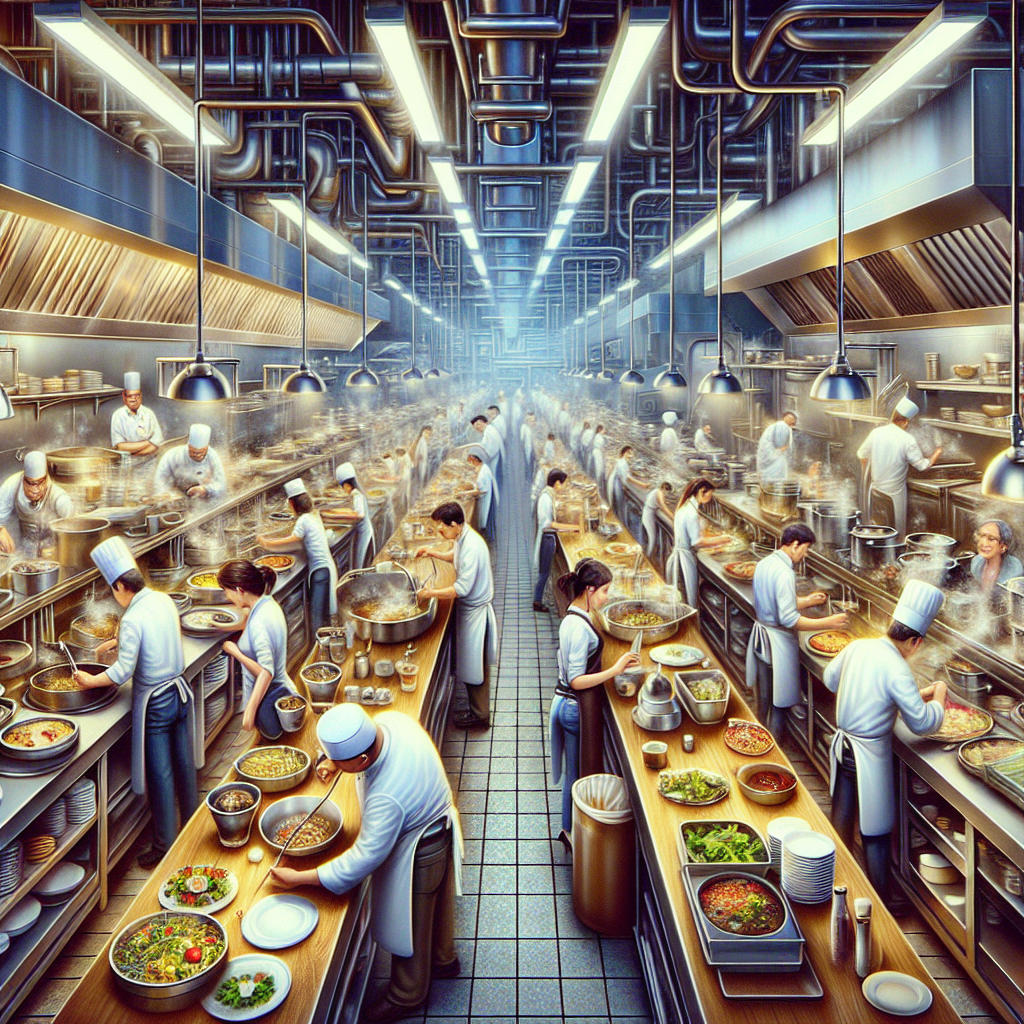The restaurant industry is constantly evolving, with new technologies and innovations shaping the way we dine out. One of the most significant developments in recent years is the rise of smart kitchens, which are revolutionizing the way restaurants operate. In this report, we will explore how smart kitchens are changing the restaurant industry and the impact they are having on both businesses and consumers.
The Rise of Smart Kitchens
Smart kitchens are powered by advanced technologies such as artificial intelligence, Internet of Things (IoT) devices, and data analytics. These technologies enable restaurants to streamline their operations, improve efficiency, and deliver a better dining experience to customers. By integrating smart devices and software into their kitchens, restaurants can automate repetitive tasks, monitor inventory levels in real-time, and optimize workflows for maximum productivity.
Market Share and Growth
The smart kitchen market is growing rapidly, with a projected CAGR of 15.4% from 2021 to 2026. The market is driven by the increasing demand for automation and digitization in the restaurant industry, as well as the growing popularity of smart appliances among consumers. Major players in the smart kitchen market include companies like Samsung, LG, and Whirlpool, who offer a wide range of smart appliances for commercial kitchens.
Financial Impact
Implementing smart kitchen technology can have a significant financial impact on restaurants. By automating tasks and optimizing processes, restaurants can reduce labor costs, minimize food waste, and increase overall efficiency. According to a study by McKinsey & Company, restaurants that implement smart kitchen technology can see a 20-30% increase in profitability.
Benefits of Smart Kitchens
Improved Efficiency
One of the key benefits of smart kitchens is improved efficiency. By automating tasks such as inventory management, ordering, and food preparation, restaurants can save time and reduce the risk of human error. This allows chefs and kitchen staff to focus on creating high-quality dishes and providing excellent service to customers.
Enhanced Customer Experience
Smart kitchens can also enhance the customer experience by reducing wait times, ensuring consistency in food quality, and personalizing menus based on customer preferences. For example, restaurants can use data analytics to track customer preferences and offer personalized recommendations, leading to higher customer satisfaction and loyalty.
Challenges and Considerations
While smart kitchens offer many benefits, there are also challenges and considerations that restaurants need to address when implementing this technology. These include the initial cost of investment, training employees to use new technology, and ensuring data security and privacy compliance. Restaurants also need to consider the potential impact on their existing workflows and processes when integrating smart kitchen technology.
Future Trends and Innovations
Looking ahead, the future of smart kitchens in the restaurant industry is bright. Innovations such as robotic chefs, voice-activated appliances, and predictive analytics are set to revolutionize the way restaurants operate. These technologies will continue to drive efficiency, improve customer experience, and create new opportunities for growth and innovation in the industry.
In conclusion, smart kitchens are revolutionizing the restaurant industry by leveraging advanced technologies to streamline operations, improve efficiency, and enhance the customer experience. While there are challenges and considerations to address, the benefits of smart kitchens far outweigh the risks. As technology continues to evolve, smart kitchens will play an increasingly important role in shaping the future of dining out.


